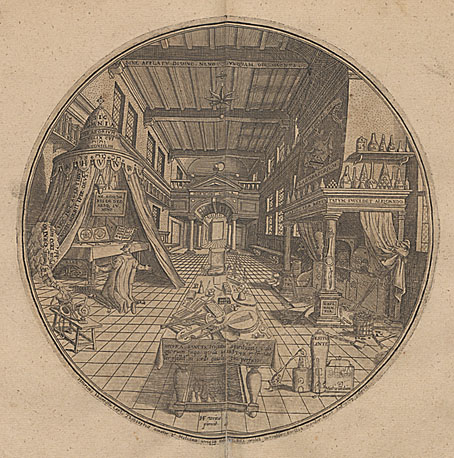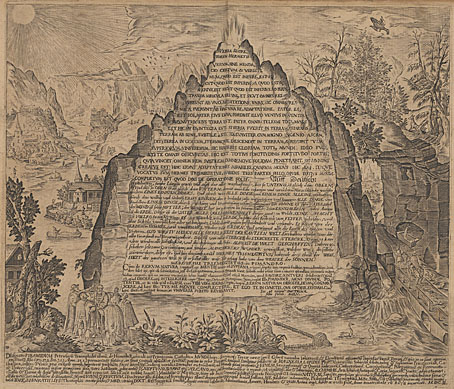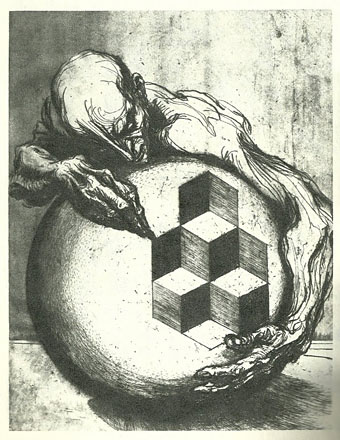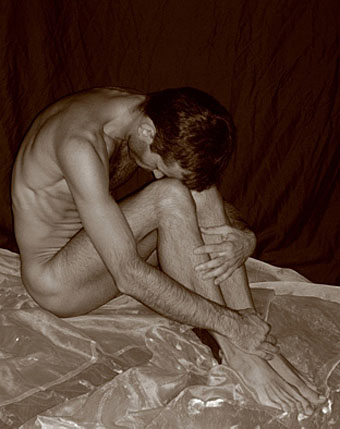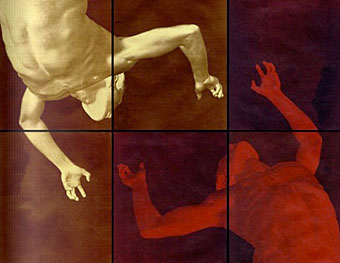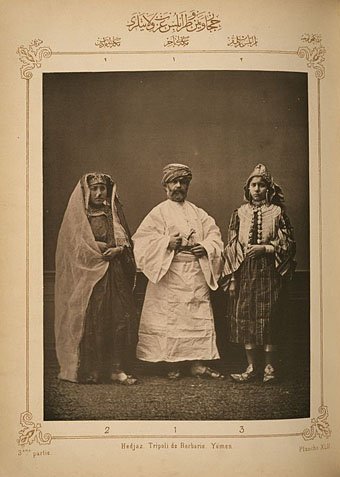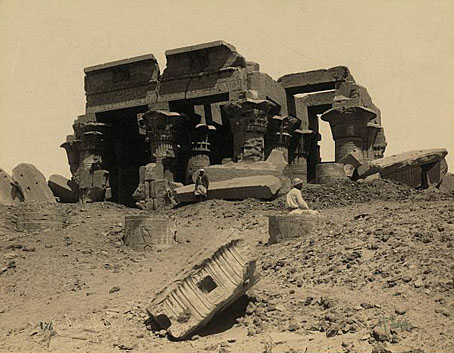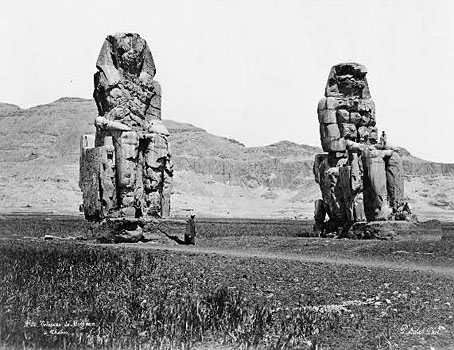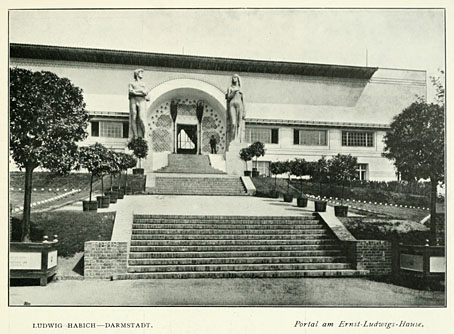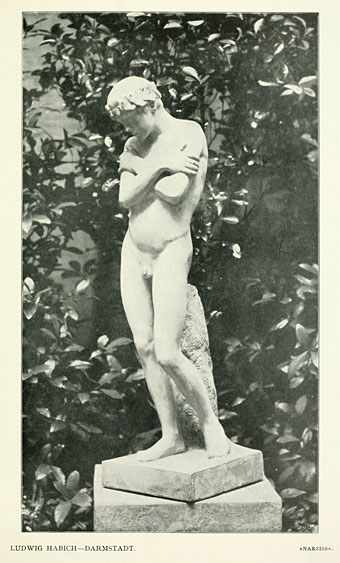Laboratorium.
More alchemical business which should be familiar to anyone who’s cracked open an occult history or two. Familiar as these illustrations often are, it’s only recently that we’ve been able to scrutinise their mysteries in detail thanks to the services of various libraries and online archives. These plates are from Amphitheatrum Sapientiae Aeternae (1609) by Heinrich Khunrath, and the Laboratorium is often reproduced as a rather grand example of the alchemist’s workplace. As for the picture below, it’s a shame it didn’t turn up a few years ago when Jay Babcock asked me if I had a decent copy of the illustration for an Arthur magazine article. All I had was a tiny reproduction so I think the piece ran without the picture in the end. The ETH Bibliothek has further illustrations from this volume including a portrait of Meister Khunrath and his pet hound.
Another tip via the BibliOdyssey Twitter feed.
Designatio Pyramidum.
Elsewhere on { feuilleton }
• The etching and engraving archive
Previously on { feuilleton }
• Cabala, Speculum Artis Et Naturae In Alchymia
• Digital alchemy

